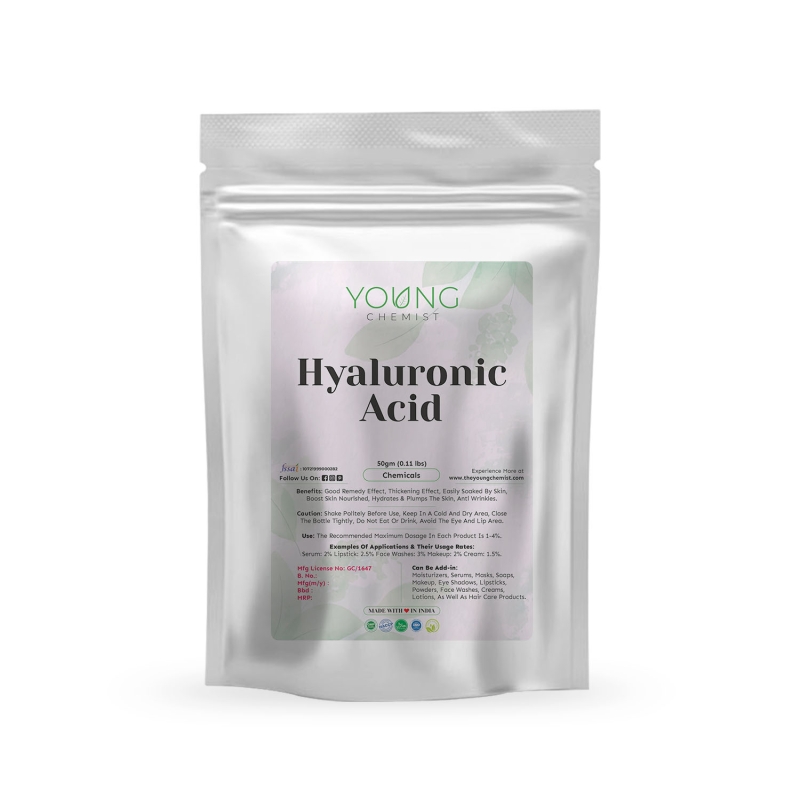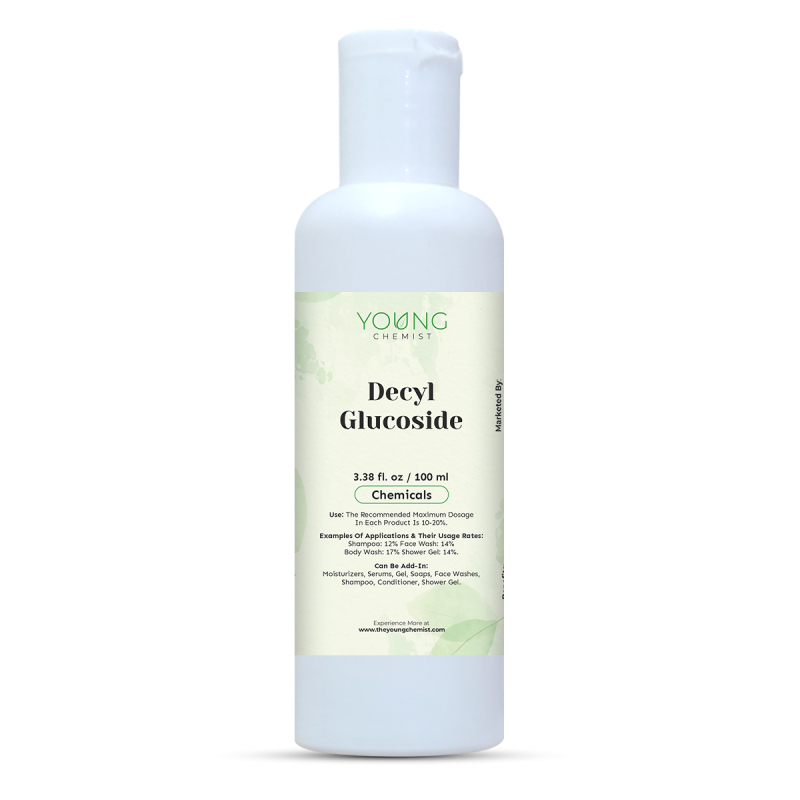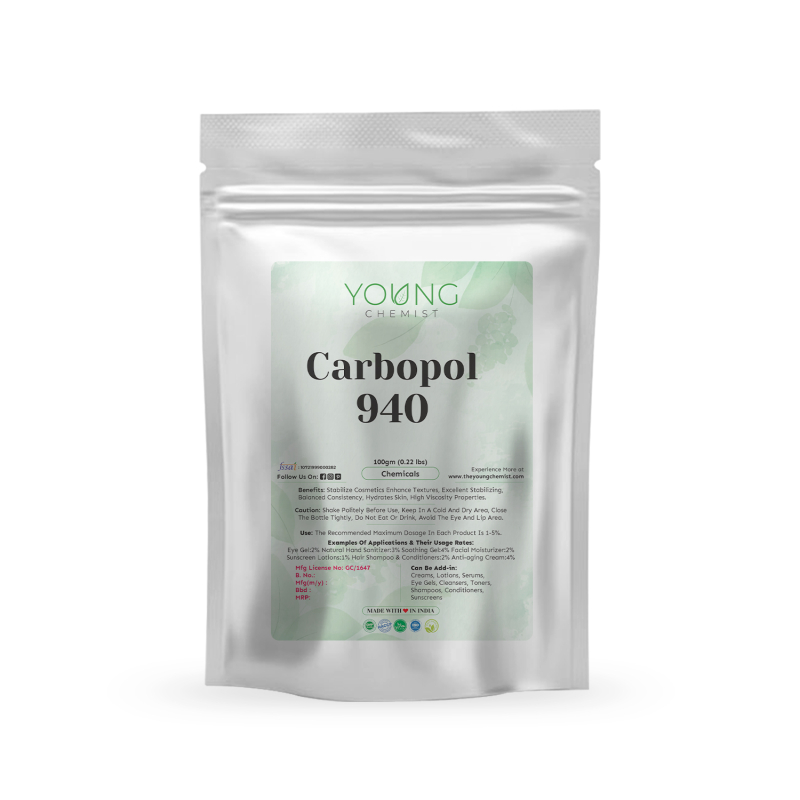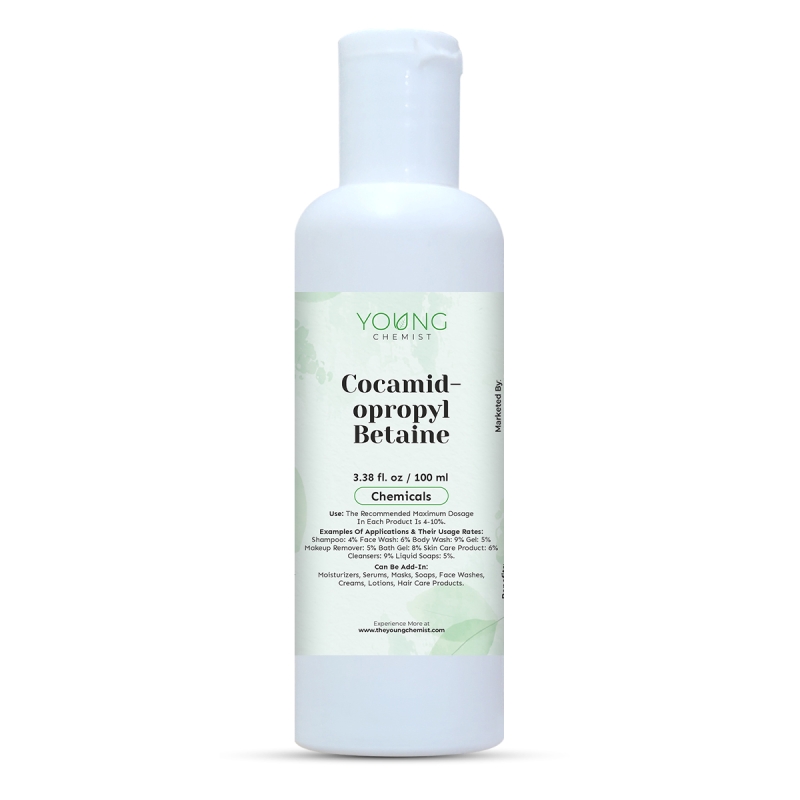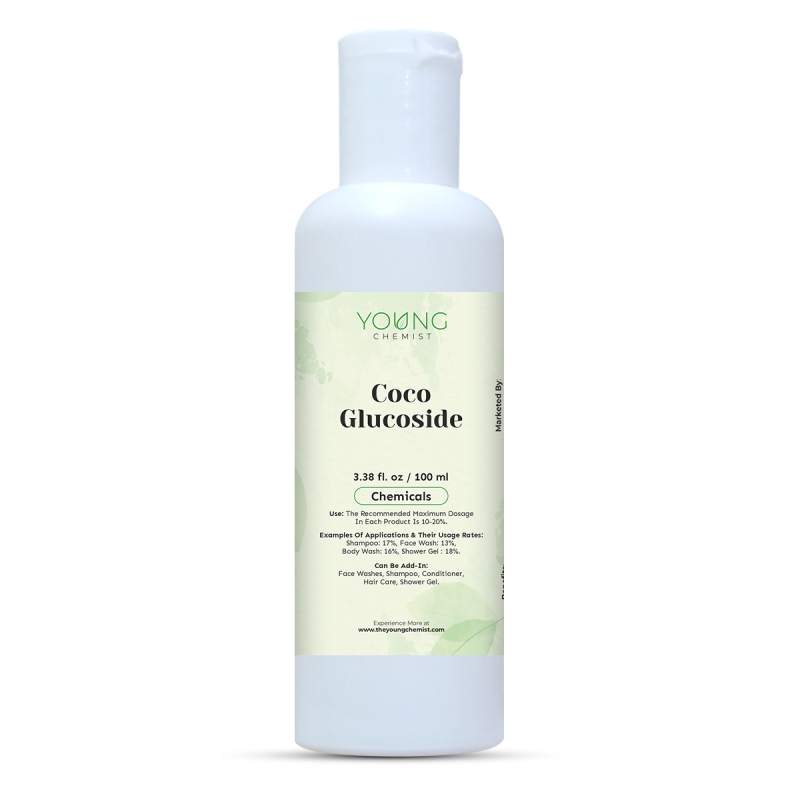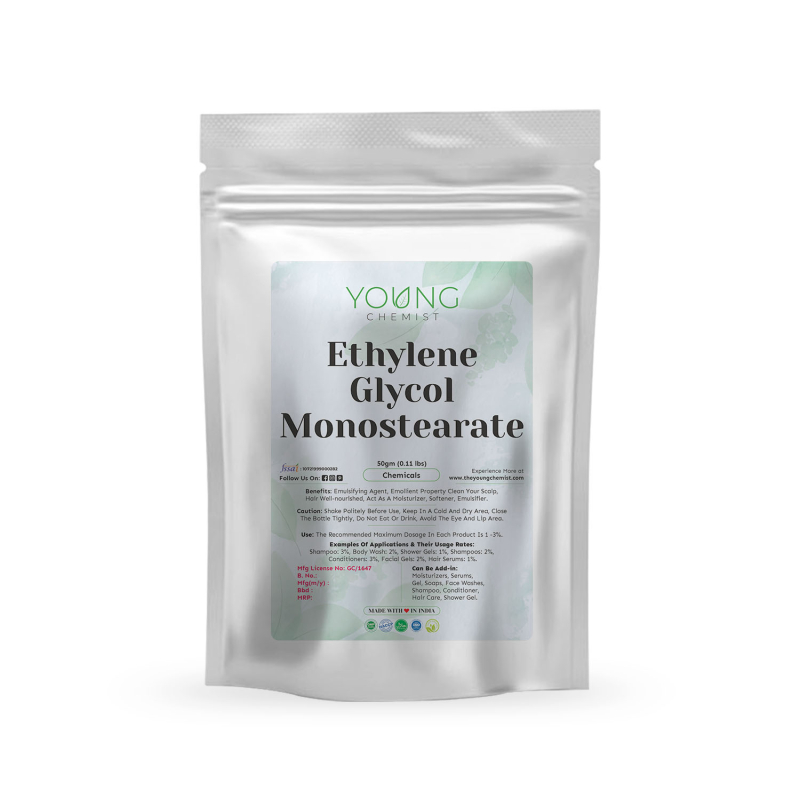-
No Item Added in Cart.

Zinc Oxide is a white, powdery mineral compound derived from zinc. It is commonly used in cosmetic formulations due to its numerous properties and benefits for the skin. It is known for its ability to provide broad-spectrum protection against harmful UVA and UVB rays, making it a popular ingredient in sunscreens and sunblocks. In addition to its sun-protective properties, Zinc Oxide also possesses soothing and calming effects on the skin, making it suitable for sensitive skin types.
Zinc Oxide is a high-performance mineral active widely used in skincare, personal care, pharmaceutical, and cosmetic formulations for its exceptional UV protection, soothing, and healing properties. As a natural broad-spectrum sunscreen agent, Zinc Oxide shields the skin from both UVA and UVB rays by forming a protective barrier on the skin’s surface. This makes it a key ingredient in sunscreens, baby products, daily moisturizers, lotions, face creams, balms, and ointments designed for sensitive or easily irritated skin.
Beyond sun protection, Zinc Oxide is known for its anti-inflammatory, antibacterial, and calming benefits. It helps soothe redness, reduce irritation, and speed up healing, making it highly effective in diaper rash creams, acne treatments, wound-care ointments, and anti-chafing products. It also provides mild astringent properties that help control excess oil, making skincare formulas feel smooth, balanced, and comfortable.
In cosmetics, Zinc Oxide enhances coverage, improves texture, and delivers a natural matte finish, making it an excellent addition to foundations, BB creams, compact powders, and mineral makeup. Its non-comedogenic and gentle nature makes it suitable for all skin types, including sensitive, oily, and acne-prone skin.
| Title | Description |
|---|---|
| No specifications available. | |
Zinc Oxide can be found in various skincare products, particularly in sunscreens and moisturizers. To use it effectively:
- Sun Protection: Apply a sunscreen containing Zinc Oxide liberally to all exposed areas of the skin at least 15 minutes before sun exposure. Reapply every two hours, or more frequently if sweating or swimming.
- Soothing and Calming: For localized skin irritations or redness, apply a thin layer of a Zinc Oxide cream or ointment directly to the affected area. Gently massage until absorbed.
Zinc Oxide can be incorporated into various skincare and cosmetic products depending on the formulation goal. For sunscreens, disperse Zinc Oxide thoroughly in the oil phase or use a pre-dispersed form for easier blending. Typical usage levels range from 1% to 25%, depending on desired SPF and opacity. In creams, lotions, balms, and ointments, blend gradually to achieve a smooth, even texture. For makeup products, micronized or cosmetic-grade Zinc Oxide enhances coverage and produces a soft matte finish. Ensure uniform mixing to avoid clumping and maintain product clarity and performance. Suitable for both leave-on and rinse-off formulations.
- Sun Protection: Zinc Oxide acts as a physical sunscreen by forming a protective barrier on the skin's surface. It reflects and scatters both UVA and UVB rays, shielding the skin from sun damage and reducing the risk of sunburn and premature aging caused by sun exposure.
- Gentle and Non-Irritating: It is considered one of the safest and gentlest sunscreen ingredients available, making it suitable for sensitive skin. Unlike some chemical sunscreens, Zinc Oxide rarely causes skin irritation or allergic reactions.
- Anti-Inflammatory and Calming: Zinc Oxide possesses anti-inflammatory properties, making it helpful in soothing irritated or inflamed skin. It can be used to alleviate redness, rashes, and minor skin irritations.
- Oil Control: Zinc Oxide has a natural mattifying effect, which can help control excess oil production on the skin's surface. This makes it beneficial for individuals with oily or acne-prone skin.
Zinc Oxide offers powerful skin-protecting, soothing, and healing benefits, making it a highly valued ingredient in skincare, cosmetic, and pharmaceutical formulations. As a mineral UV filter, it provides broad-spectrum protection against UVA and UVB rays, making sunscreens safe and effective for all skin types, including sensitive skin. Its anti-inflammatory and antibacterial properties help calm irritation, reduce redness, and support healing in acne, rashes, and minor wounds. Zinc Oxide forms a protective barrier that prevents moisture loss, making it ideal for baby creams, balms, and ointments. It also improves coverage and provides a natural matte finish in makeup products.
- Allergy and Sensitivity: While Zinc Oxide is generally well-tolerated, some individuals may be allergic or sensitive to it. Conduct a patch test before using a new product containing Zinc Oxide to check for any adverse reactions.
- Inhalation: When using loose or powdered forms of Zinc Oxide, avoid inhaling the particles as it may cause respiratory irritation. Use adequate ventilation or wear a mask if necessary.
- Eye Contact: Avoid direct contact with the eyes when using products containing Zinc Oxide. If contact occurs, rinse thoroughly with water.
- Discontinue Use: If you experience any signs of irritation, redness, or discomfort while using a product containing Zinc Oxide, discontinue use and consult a dermatologist.
Note: This information is provided as general guidance. It is always recommended to read and follow the specific instructions and warnings provided by the product manufacturer.

Swati Patidar
Not provide manual ... According to your product method and quality

Basheer Khan Dawakhana
Product Questions
Beyond cosmetics, Zinc Oxide is a vital component in several industries. It is used in the rubber industry to improve strength and heat resistance, in paints and coatings to prevent corrosion, and in ceramics and glass for added durability. In pharmaceuticals, it serves as an active ingredient in creams, lotions, and ointments, owing to its healing and protective properties.
The main difference lies in particle size and transparency. Nano Zinc Oxide has extremely small particles that make formulations appear clear and non-whitening, which is ideal for modern sunscreens. Non-Nano Zinc Oxide, on the other hand, has larger particles that provide a visible white layer but stay on the skin’s surface, offering enhanced safety for sensitive users. Both forms deliver excellent UV protection, but non-nano is often preferred for eco-conscious and natural skincare products.
Yes, Zinc Oxide is biodegradable and reef-safe, unlike certain chemical UV filters such as oxybenzone or octinoxate. It does not harm marine life or coral reefs, making it an environmentally responsible choice for eco-friendly sunscreens and skincare products. Its natural origin and non-toxic nature make it a top choice for brands focusing on sustainable and green beauty formulations.
High-quality Zinc Oxide powder can be purchased from trusted raw material suppliers and chemical distributors who specialize in cosmetic-grade and industrial-grade materials. Always choose suppliers that provide high purity levels (99% or above), certifications (like ISO or GMP), and Material Safety Data Sheets (MSDS). Reliable sourcing ensures safety, consistency, and the best performance across all your applications. More: ( https://www.theyoungchemist.com/ ).
Zinc Oxide is a white, powdery mineral compound made from zinc and oxygen. It is widely used in cosmetics, pharmaceuticals, rubber, paints, and coatings because of its antibacterial, UV-blocking, and healing properties. In skincare, it’s known for providing broad-spectrum sun protection, while in industrial applications, it enhances durability, gloss, and protection against corrosion.
Zinc Oxide is one of the most effective and gentle ingredients for skin protection. It forms a physical barrier on the skin, reflecting harmful UVA and UVB rays, which helps prevent sunburn and premature aging. It also has soothing and anti-inflammatory properties, making it excellent for treating acne, diaper rashes, minor burns, and irritations. Its non-comedogenic nature ensures it won’t clog pores, making it suitable for all skin types, including sensitive and oily skin.
Zinc Oxide acts as a natural sunscreen agent by creating a protective layer on the skin that scatters and absorbs ultraviolet radiation. Unlike chemical sunscreens that penetrate the skin, Zinc Oxide stays on the surface and starts working immediately after application. It is also reef-safe, non-toxic, and environmentally friendly, making it a preferred choice for eco-conscious sun care products.
In cosmetics, Zinc Oxide serves as a multifunctional ingredient. It provides opacity, coverage, and protection, which makes it ideal for foundations, BB creams, face powders, and sunscreens. Additionally, it helps balance oil production, calm redness, and prevent irritation, resulting in smoother and healthier skin. Its gentle nature makes it an excellent ingredient for hypoallergenic and mineral-based beauty products.
Zinc Oxide promotes natural healing and regeneration of the skin by forming a protective barrier that prevents infection and locks in moisture. It is commonly used in ointments, diaper rash creams, and antiseptic pastes for its antibacterial and soothing properties. Its ability to calm inflammation and aid in tissue repair makes it highly effective for cuts, burns, and other minor skin concerns.
Yes, Zinc Oxide is considered one of the safest and most skin-friendly ingredients available. It is non-irritating, non-allergenic, and non-toxic, making it safe for daily use on both adults and children. Dermatologists frequently recommend Zinc Oxide-based products for sensitive skin, baby care, and sun protection, as it provides long-lasting benefits without harsh chemical reactions.
Reviews (2)

Swati Patidar
Not provide manual ... According to your product method and quality

Basheer Khan Dawakhana






